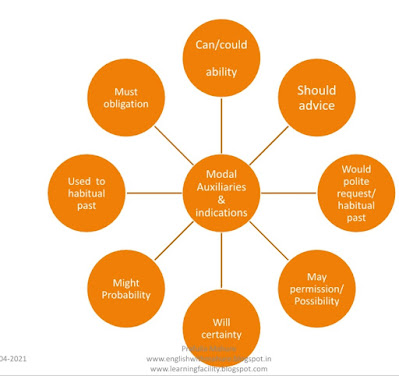Read the following questions and pick out the rhetorical questions and make statements of them.
Rhetorical Questions are different from interrogative sentences. Interrogative sentences require answers whereas rhetorical questions need no answer. Rhetorical questions are to be taken in opposite sense.- How long shall we continue to live this life of contradiction?
- How long shall we continue to deny equality in our social and economic life?
- What does fraternity mean?
- How can people divided into several thousands of castes be a nation?
Is it wrong to love animal and plant?- Won’t our cricketers come back as winners?
- Corruption is getting rooted in social life. Is it fair?
- Why do students bunk classes?
- Excessive violence is being shown in modern cinema. When will the government take notice of it?
- What challenges did the mountaineers face?
- Aren’t children wiser than men?
KEY
- No longer we shall continue to live this life of contradiction.
- No longer we shall continue to deny equality in our social and economic life.
- What does fraternity mean?(It needs answer. So it is interrogative sentence.
- People divided into several thousands of castes can not be a nation?
- It is not wrong to love animal and plant.
- Our cricketers will come back as winners.
- Corruption is getting rooted in social life. It is not fair.
- Students should not bunk classes.
- Excessive violence is being shown in modern cinema. The government will never take notice of it.
- What challenges did the mountaineers face? Interrogative ( wh-question)
- Children are wiser than men.
Assertive sentence begins with subject /doer of the action followed by helping verb/main verb .
If the rhetorical question is negative ,assertive sentence should be affirmative (remove negative word such as - not . no , never .nothing .nobody. no one etc )
If the rhetorical question is affirmative ,assertive sentence should be negative. (add negative word such as - not . no , never .nothing .nobody. no one etc )
Put the remaining words and replace question mark with full stop .
Rewrite as rhetorical questions.
1. We love our motherland.
Ans: Do we not love our motherland?
2. There is no room for secrecy under Bapuji's leadership.
Ans: Is there any room for secrecy under Bapuji's leadership?
3. Everyone knows Sachin Tendulkar.
Ans: Who doesn't know Sachin Tendulkar?
4. No one has seen the wind.
Ans: Who has seen the wind?
5. A letter can not contain all this.
Ans: Can a letter contain all this?
How can a letter contain all this?
/body>




